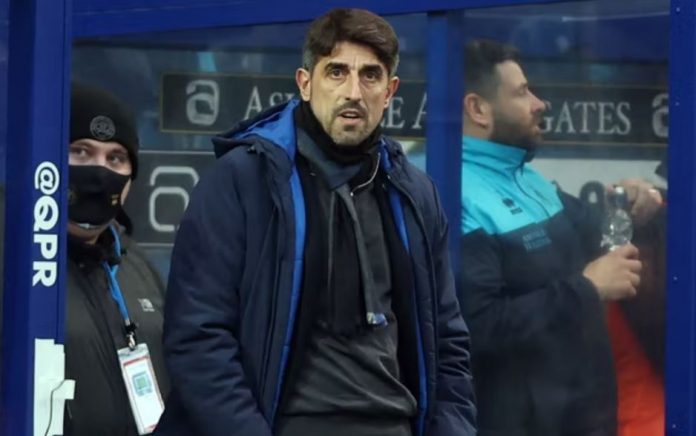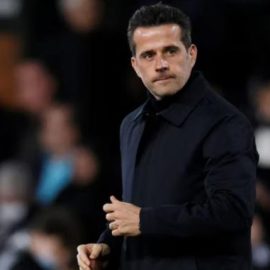The reign of Portuguese legend Paulo Sousa will never be one remembered too fondly around the City of Leicester. A man that tried to bring a certain art of football to the Walkers Stadium was, in my view, probably not given enough time to get his ideas across, and in time, develop his players at a level to sustain them.
After a run of 9 league games that saw Sousa’s Leicester pick up just 5 points, the club decided to part company with the man who was brought in by Chairman Milan Mandaric, whilst seemingly pulling the rug from under the successful Nigel Pearson in the process.
Fast forward to the present day and it is the former England manager Sven Goran Eriksson that you’ll find in the dugout, sometimes gingerly prowling the technical area of the Walkers Stadium.
Leicester City fans have taken to the Swede well, a man that propelled the club from its bottom three position to the verge of the playoffs.
If it wasn’t for a poor run of form in the run up to this seasons finale, Leicester’s dreams of Premiership football might well have been realised too.
However, after going on a dismal run since late February, which saw the club only manage to pick up just 12 points from a possible 36, Leicester now look set to finish in mid table mediocrity.
To put things in perspective here, Sousa’s eleven games in charge at Leicester, albeit two were Cup successes over Macclesfied Town and Leeds United, brought three victories. Sven Goran Eriksson’s Leicester have achieved that exact total of wins in their last eleven outings too.
Was Sousa really that bad after all?
Both Sousa and Eriksson arrived at the Walkers Stadium with a style of play in mind that would abolish former manager Nigel Pearson’s organized and counter attacking systems. Each managers ideas of how the game should be played is admirable, especially Sousa’s as he was first at Leicester to try them.
The difference between the tenures of Sousa and Eriksson is simply time. Time to allow the manager to get those ideas across and imprint his style on how Leicester City play.
The team that Pearson built consisted of strong organized defenders like Wayne Brown and Jack Hobbs, one hundred percenter’s such as Martyn Waghorn and plenty of pace for breakaway goals supplied through the likes of Lloyd Dyer and Matty Fryatt.
Sousa and Eriksson have replaced the tried and tested ways of Pearson for possession football, slick interchanges of passes and a 4-3-3 formation that’s operated in a completely different manner.
For better or worse both Sousa and Eriksson, not so coincidentally the first foreign coaches Leicester City have had, have brought football to the Walkers Stadium that builds from the back, and the players seem to have reacted in a positive manner about the change.
Midfield playmaker Ritchie Wellens embraced the appointment of Paulo Sousa, knowing what it meant for the teams style back in the summer of 2010. “As soon as he was announced as manager I was looking forward to playing the same style as Swansea played” said the former Manchester United trainee.
The difference in Leicester’s adoption to a game of football this season has been there for all to see. The team now likes to play a more patient, shorter game. Evidently it hasn’t worked all the time for them this year but the Foxes seem adamant that this style of play will suit and benefit them in the long run.
Leicester’s promotion ambitions may well be dead for another year but going into the new season, with Eriksson and with money to spend, the Foxes will no doubt be one of the favourites to achieve their aim of Premiership football next term.
How much easier did Sousa make the transition for Sven Goran Eriksson is open for debate, but I suggest to you that the Portuguese manager’s style of play was not as outrageously ambitious as some fans led others to believe back in October 2010.
He bedded them in nicely for Eriksson to pick up and Leicester’s rise through the Championship ranks have rewarded their persistence in the style of football the club want to play.
Leicester City are far from the finished article Paulo Sousa first envisaged last summer and the latest run of ‘form’ under Sven Goran Eriksson suggests there’s still a lot more adapting to be done at the Walkers Stadium. Ambitions however are high in the east midlands and with the money now readily available to help back up their new style of play, its warranted ambition too.
Add Sportslens to your Google News Feed!






